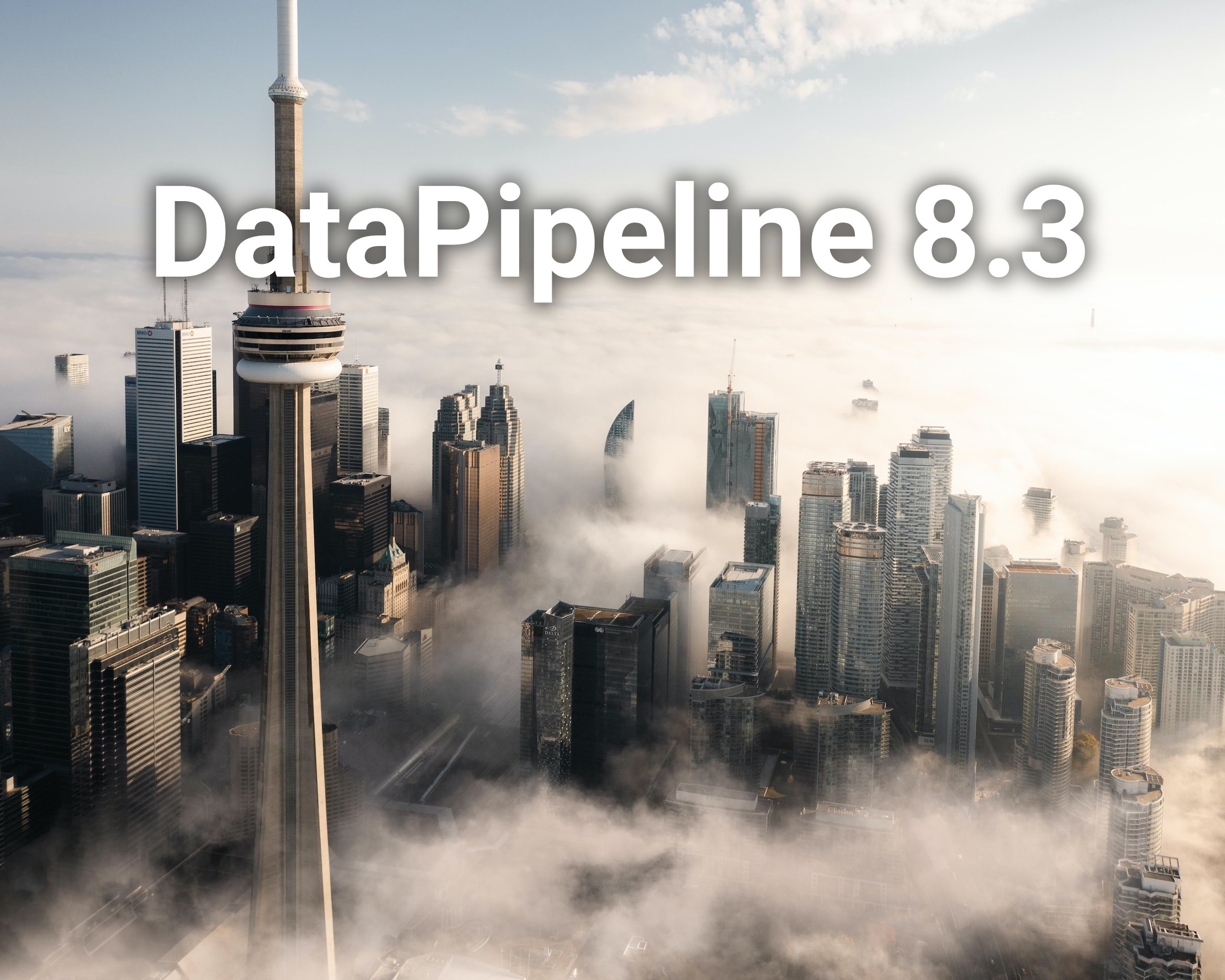Welcome to the 10.0 release of DataPipeline.
This release adds a range of developer-focused enhancements, including the ability to read data tables from PDF documents. We’ve also added new APIs for accessing nested readers/writers, expanded FieldPath and Record capabilities, and introduced new options for Avro, Parquet, and PDF output.

 Welcome to the fourth quarter release of DataPipeline for 2023.
Welcome to the fourth quarter release of DataPipeline for 2023.

